How to Make an Embellished Choli for Navratri: Step-by-Step Guide
Navratri is the perfect time to showcase vibrant and heavily embellished ethnic outfits. A designer choli like the one in your reference image requires a combination of fine fabric, embroidery, and perfect fitting. Here’s how you can make it:
m
m
m
m
Step 1: Selecting the Fabric
The first and most important step is fabric selection. Since Navratri outfits involve a lot of dancing and movement, you need a fabric that is both comfortable and stylish.
- Best Fabric Choices:
- Silk (for a royal look)
- Raw silk (stiff but elegant)
- Velvet (if you want a luxurious feel)
- Georgette or net (for a lightweight look with embroidery)
For the design in your reference image, a satin silk or net fabric with an inner lining will work best.
Step 2: Taking Measurements
A well-fitted choli enhances the overall look. Take accurate body measurements for:
- Bust
- Waist
- Shoulder width
- Armhole
- Choli length
- Back depth (since this design has a deep-back cut)
Pro tip: Always add ½ to 1 inch extra for stitching allowance.
Step 3: Cutting the Fabric
- Front and Back Panels – Cut according to the measurements, keeping the deep V-shaped back as seen in the image.
- Sleeves (if needed) – This design is sleeveless, but if you want, cut cap sleeves or elbow-length sleeves.
- Lining Fabric – Cut an inner lining in cotton or satin for a comfortable finish.
Use tailor’s chalk to mark darts and seams to ensure a proper fit.
Step 4: Stitching the Choli
- Start with the darts: Stitch darts on the front piece for a fitted look.
- Attach the shoulders: Sew the front and back panels together at the shoulder seams.
- Deep Back Cut: Fold and stitch the raw edges neatly. Add loops for tying the back strings.
- Side seams: Join both sides while ensuring a snug fit.
- Neckline & Armholes: Use piping or facing to give a smooth finish.
At this stage, try on the choli and make adjustments for the perfect fit.
Step 5: Embellishment and Embroidery
The beauty of this choli is in its detailed embroidery and embellishments. Here’s how to achieve the look:
1. Machine Embroidery or Handwork
- If you have access to machine embroidery, you can create the delicate patterns.
- For hand embroidery, use zari, resham (silk) thread, or gota patti work to create the motifs.
2. Mirror Work & Beads
- Small mirror pieces or sequins can be stitched in the embroidery pattern to enhance the festive look.
- Add tiny pearls or beads along the borders for a rich effect.
3. Border & Lace Detailing
- The bottom border of the choli should have gota lace, zari lace, or intricate embroidered lace to match the lehenga.
- You can also stitch a scalloped lace for a designer touch.
Step 6: Finishing Touches
- Back Strings (Dori Work): Attach a long dori (string) at the back with beautiful latkans (hanging tassels) for a traditional look.
- Press & Iron: Steam press the choli to set the embroidery and remove any wrinkles.
- Final Fitting: Wear the choli and make small adjustments if necessary.
Tips for a Professional Finish:
✔ Use interfacing inside the neckline and back for extra support.
✔ Always double-stitch seams for durability.
✔ If using net fabric, line it with satin for a smooth inner finish.
✔ Hand-embroider beads and sequins carefully to prevent them from falling off.
Final Look & Styling Suggestions
Your choli is now ready! Pair it with:
- A flared lehenga with matching embroidery
- A sheer or embroidered dupatta draped elegantly
- Statement earrings & bangles to complete the look

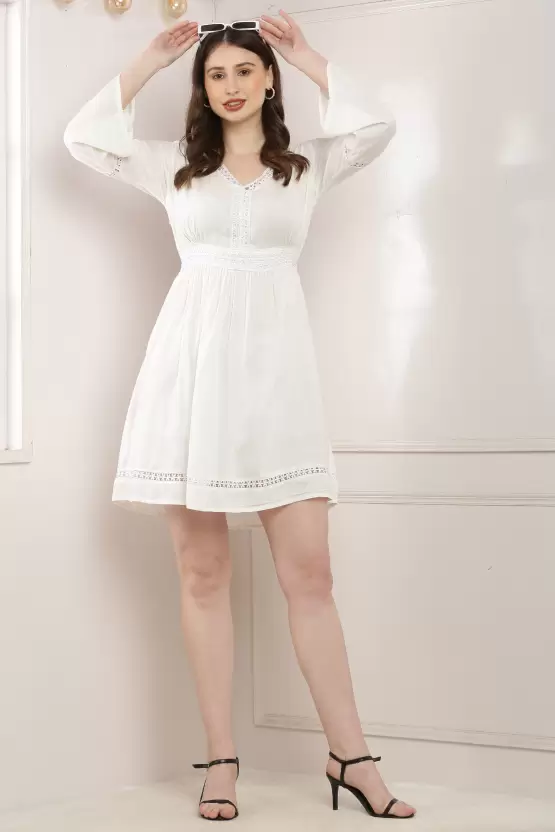
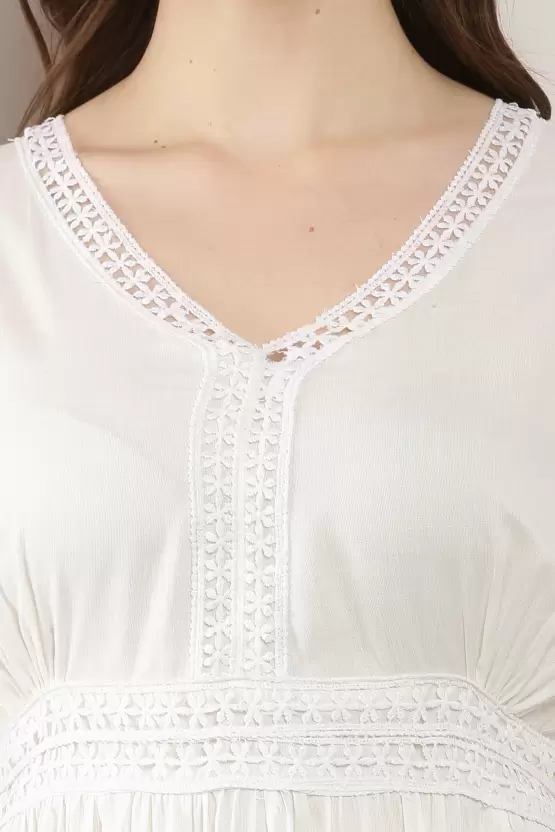
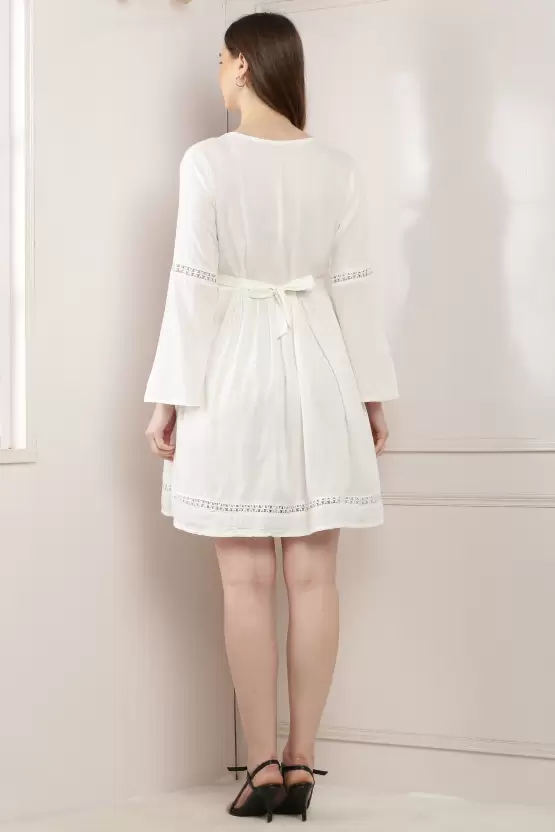
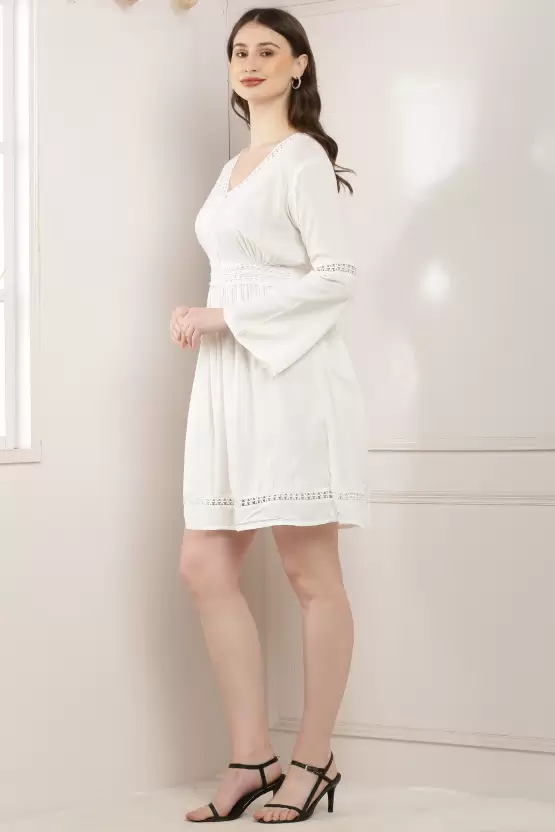


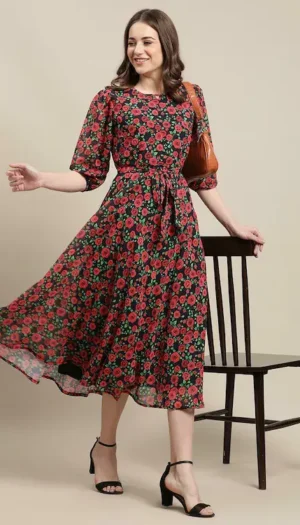


Reviews
There are no reviews yet.